Nipple chafing is an uncomfortable and often painful condition that affects many people, especially those who engage in physical activities like running, cycling, or other forms of exercise. The repetitive friction from clothing, moisture, or sweat can lead to irritation and discomfort. Luckily, there are several effective strategies to prevent nipple chafing and keep you comfortable during your daily activities.
In this article, we’ll explore various preventive measures that can help reduce the risk of nipple chafing and ensure your skin remains irritation-free.
Why Do I Feel Sore After Exercising?

Nipple soreness after exercise is a common issue, particularly for those who engage in high-intensity workouts or sports activities. This discomfort is usually caused by friction, moisture, or even pressure from tight clothing. Let’s break down the main reasons why your nipples might feel sore after exercise:
Tight Sports Bras or Shirts
Wearing sports bras or workout shirts that are too tight can lead to excessive friction on the nipple area. Tight-fitting clothing may also restrict movement and cause rubbing against the skin.
Rough Fabrics
Clothes made from rough or non-soft materials (like some cotton or synthetic fabrics) can cause more abrasion on your skin, leading to soreness.
Tip: Choose soft, breathable fabrics (like cotton, bamboo, or moisture-wicking materials) and ensure your clothing fits comfortably to avoid excessive rubbing.
Friction from Clothing
One of the most common causes of nipple soreness during exercise is friction from your clothes, especially if they are tight, rough, or made of non-breathable fabrics. When your body moves during physical activity, fabric rubs against your skin repeatedly, causing irritation and discomfort.
Sweat and Moisture
Sweating is a natural part of exercise, but moisture can contribute to nipple soreness. Sweat can cause friction to be more intense, which increases the likelihood of irritation.
Tip: Change out of sweaty clothes as soon as possible, and opt for moisture-wicking fabrics that pull sweat away from the skin to keep the nipple area dry.
Improperly Fitting Sports Bras
An ill-fitting sports bra can put extra strain on the nipple area and lead to soreness. If the sports bra is too tight, it can create pressure points that irritate the skin. On the other hand, a loose sports bra may shift around and cause the material to rub against your nipples.
Tip: Make sure your sports bra fits well, providing enough support without being too tight. Look for bras that have seamless designs and soft fabrics to reduce friction.
Choose the Right Fabrics
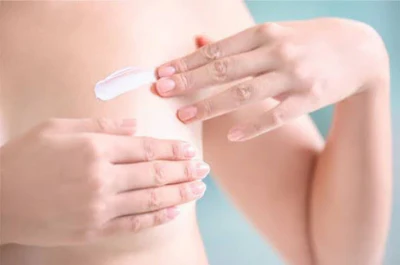
The type of fabric you wear is one of the most important factors in preventing nipple chafing. Certain materials are better at reducing friction, wicking away moisture, and providing a soft surface for your skin. Here are a few fabric types to consider:
Moisture-Wicking Fabrics
Fabrics like nylon sports bras and polyester are designed to pull sweat away from the skin and dry quickly. These materials help reduce moisture buildup, which can lead to irritation and chafing. They’re especially useful during physical activities like running or cycling.
Soft, Natural Fabrics
Cotton and bamboo fabrics are known for being soft and gentle on the skin. While they may not be as moisture-wicking as synthetic materials, they are often a better choice for everyday wear. If you’re sensitive to chafing, these fabrics can provide a more comfortable fit, especially in sports bras without spandex.
Compression and Stretch Fabrics
Spandex and Lycra are common in activewear because they provide a snug, supportive fit. When blended with other materials, they help prevent excess movement of fabric, which can reduce rubbing. However, sports bras without spandex may not provide the same level of support and could irritate during intense exercise.
Avoid Rough Fabrics
Some fabrics, especially those with rough textures or excessive seams, can increase friction and irritate. It’s important to avoid materials that are scratchy or stiff, as these are more likely to lead to chafing from bras.
Wear Properly Fitting Clothing
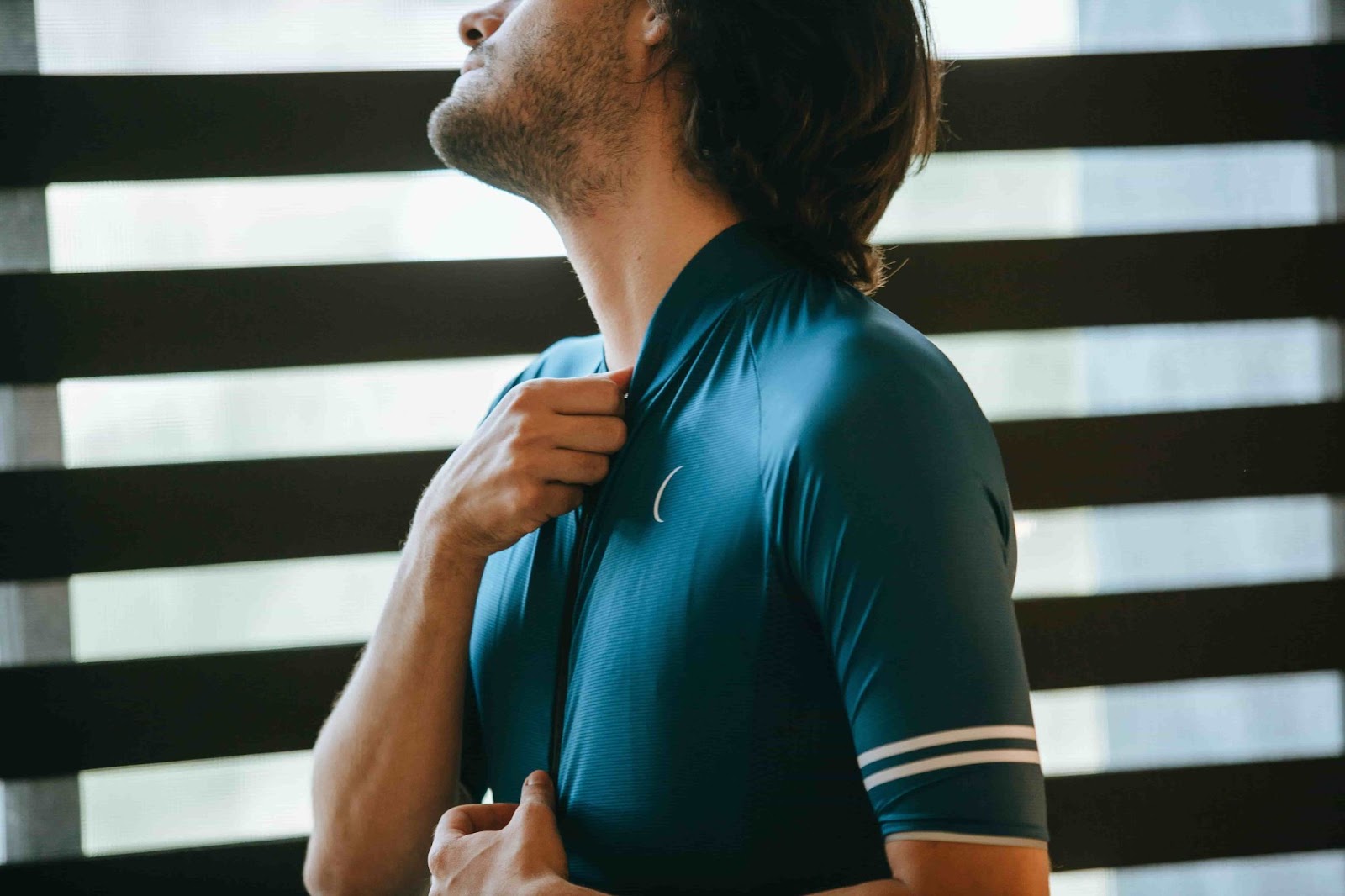
Wearing the right size and style of clothing is essential to preventing nipple chafing. Ill-fitting clothes can create additional friction or pull at the skin, increasing the likelihood of irritation. Here are some tips for choosing the best fit:
Choose a Comfortable Sports Bra
A sports bra should provide support without being too tight. Bras that are too small can cause tightness, while those that are too large may shift around, leading to friction. It’s crucial to choose one that fits snugly but isn’t constricting, especially if you’re prone to chafing from bras.
Seamless or Flat Seams
Choose clothing with minimal seams, particularly in areas that are prone to rubbing, like around the nipples. Nylon sports bras often feature smooth, flat seams that reduce friction and irritation, making them ideal for physical activities.
Choose the Right Bra Band Size
The band of your sports bra should sit comfortably on your rib cage without digging in. A too-tight band can create additional pressure and friction, leading to chafing from bras and irritation around the nipple area.
Avoid Tight or Restrictive Clothing
Tight workout clothing or tight-fitting bras can create friction and pressure points on the skin. It’s best to avoid clothes that pinch or constrict, as they can cause skin irritation and discomfort, especially if you’re doing high-impact activities.
Use Protective Products
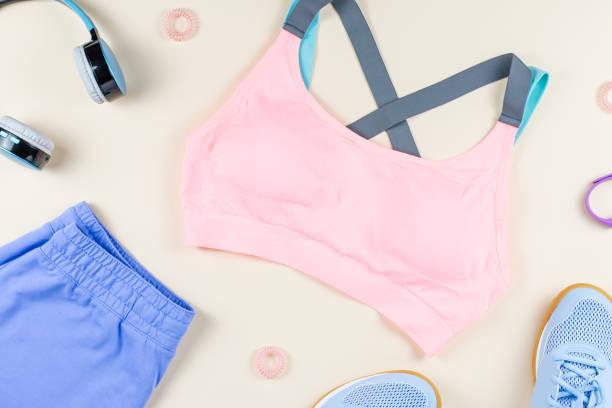
Adding extra layers of protection can help reduce the impact of friction on your skin. Here are some useful products you can incorporate into your routine to prevent nipple chafing:
Nipple Guards or Pasties
Silicone or fabric nipple guards can provide a protective barrier between your skin and clothing, reducing direct contact and friction. These can be particularly useful for preventing chapped nipples during long workouts or sports activities.
Anti-chafing balms or Creams
Applying an anti-chafing balm, lotion, or petroleum jelly to the nipple area before exercise can create a layer of protection that minimizes friction. These products are specifically designed to reduce irritation, and they work well for sensitive skin.
Nipple Stickers or Tape
Specially designed nipple covers or medical-grade tape can be used to cover the nipple and prevent irritation from rough clothing. These products can help prevent chapped nipples, especially if you’re wearing less forgiving fabrics.
Hydrating Lotions
Keeping the skin moisturized with a gentle, fragrance-free lotion can help prevent dryness, which can increase the likelihood of chafing. Dry skin is more prone to irritation, so moisturizing regularly is essential, particularly in cold or dry weather conditions.
Stay Dry and Cool
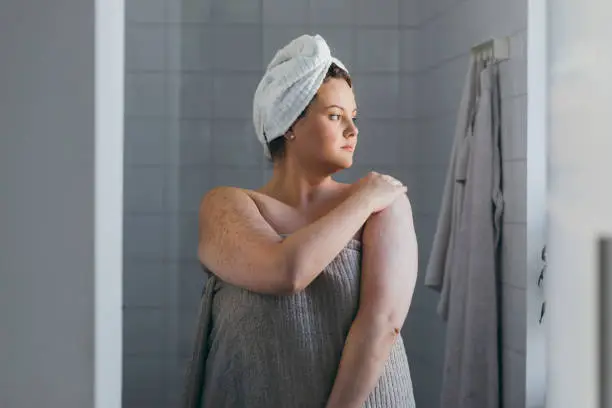
Excess moisture can exacerbate nipple chafing, making it crucial to keep the skin dry and cool. Here are some strategies to help you stay dry:
Use Absorbent Powders
Talc-free body powders or cornstarch can help absorb sweat and moisture, keeping the skin dry throughout the day. Applying powder to the chest area before workouts can reduce friction caused by moisture, helping prevent chafing from bras.
Change Out of Wet Clothes Quickly
After any activity that involves sweating or water, such as swimming or intense exercise, change into dry clothes as soon as possible. Moist clothing can create a damp environment that increases friction and leads to irritation.
Wear Breathable Fabrics
In addition to moisture-wicking fabrics, consider wearing clothing that allows air circulation. Breathable fabrics help keep your skin cool and dry, preventing excessive sweating that can cause irritation and chafing.
Take Regular Breaks During Long Activities
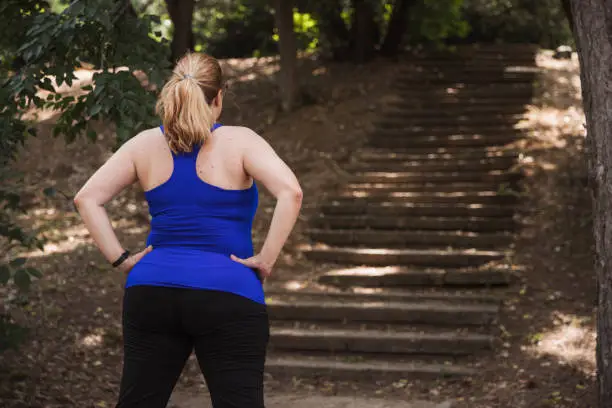
If you’re involved in activities that involve a lot of movement, like running or hiking, taking breaks can help reduce the risk of chafing:
Adjust Your Clothing
If you start to feel irritation, take a break and adjust your clothing. Sometimes, simply shifting a sports bra or shirt can alleviate pressure points and reduce friction on sensitive areas.
Apply Protective Products Mid-Activity
For long events or training sessions, it can be helpful to reapply anti-chafing products as necessary. This will ensure that the protective barrier remains intact throughout the activity.
Listen to Your Body
If you feel discomfort beginning to build, stop and address it. Whether it’s adjusting your clothing or applying more balm, taking action early can prevent more severe irritation or chafing from occurring.
Different from normal suppliers, Xinke thrives on innovation and customization and has set up an independent R&D department with 49 domestic patent products, 10 European design patents, and 2 US design patents.
Committed to comfort and a flawless fit, Xinke designers are relentlessly inventive, consistently striving to redefine lingerie norms, and persistently pursuing comfort and the perfect body fit for every woman.
Conclusion
Preventing nipple chafing is all about choosing the right fabrics, wearing the correct clothing, using protective products, and staying dry and comfortable.
Whether you prefer nylon sports bras for their moisture-wicking properties or sports bras without spandex for a more natural fit, it’s important to experiment with different options to find what works best for your body.
By taking a proactive approach and making small adjustments to your clothing and routine, you can enjoy your activities without the discomfort of nipple chafing. Stay comfortable, stay protected, and keep moving forward with confidence!